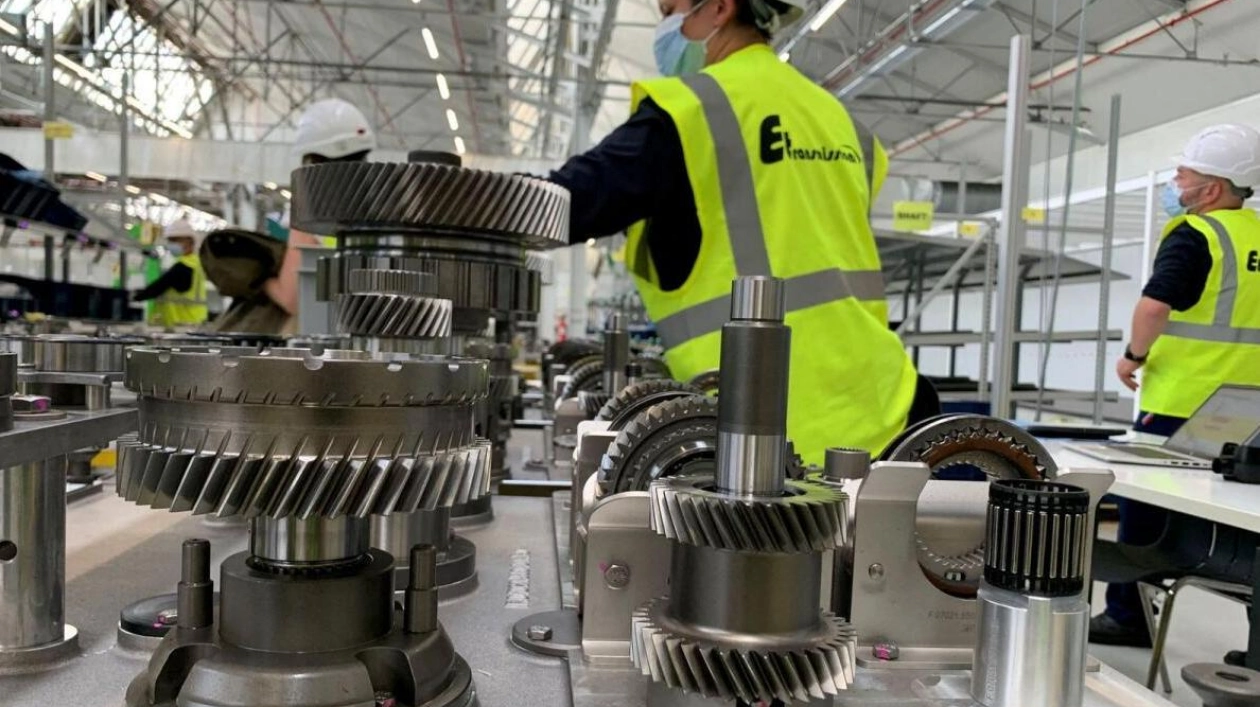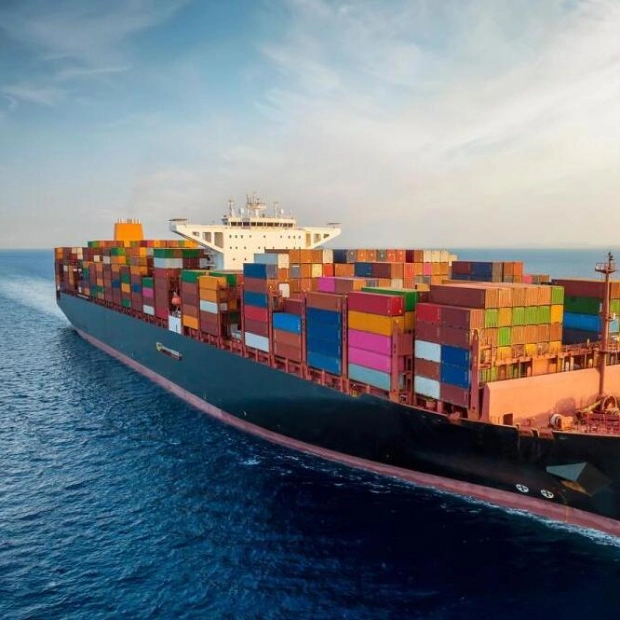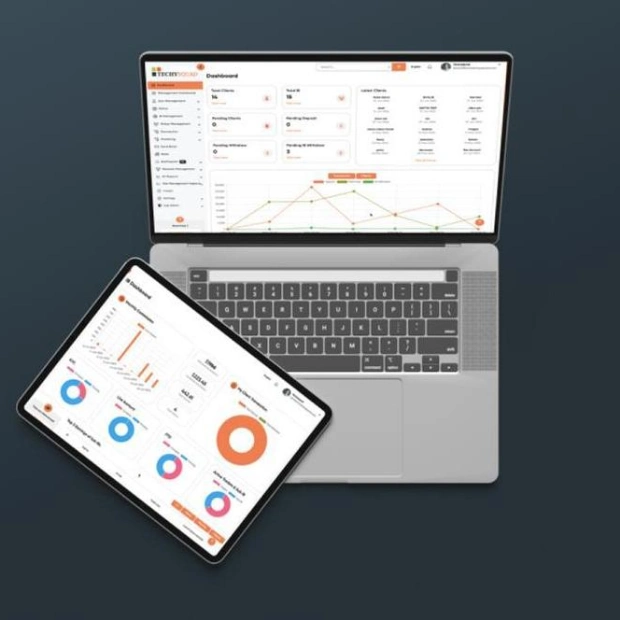European automaker Stellantis joined larger competitor Volkswagen and other industry players on Monday in expressing concerns about the deteriorating outlook for automotive demand and escalating costs, leading to a significant reduction in the sector's market value by billions of euros.
The automotive industry is grappling with weak demand in China and the United States, as well as the potential for a trade war between Beijing and the EU, as the bloc moves to finalize import tariffs on Chinese electric vehicles due to alleged subsidies. British luxury carmaker Aston Martin also issued a full-year profit warning on Monday, partly attributing it to declining demand in China, following similar warnings from Mercedes-Benz and BMW earlier this month. Aston Martin's shares plummeted by as much as 20%, reaching their lowest point in nearly two years.
Shares in Stellantis fell nearly 11%, hitting their lowest level since December 2022 as investors assessed the extent of the world's fourth-largest automaker's issues. Stellantis shares have lost 38% of their value this year, making it Europe's worst-performing automaker. These warnings come after Volkswagen announced on Friday that it was reducing its 2024 profit outlook for the second time in less than three months. Volkswagen's shares were down by just over 2.8% in mid-morning trading on Monday.
The German automotive giants have relied on China for approximately a third of their sales and have been impacted by a weaker economy there, increased competition from domestic Chinese automakers, and a fierce electric vehicle price war. Additionally, falling European demand has not alleviated the situation. New car sales in the European Union dropped 18.3% in August to their lowest level in three years, with double-digit losses in major markets like Germany, France, and Italy, and declining electric vehicle sales.
Many of Stellantis' issues, however, originate from North America. The expensive Jeeps and pickup trucks that Stellantis sells in the lucrative U.S. market have virtually generated all of its profits since the automaker was formed from the merger of FCA and PSA in 2021, making its profit margins the envy of its mainstream peers. However, high inventories and weak sales, as Stellantis misjudged its cash cow market, have forced it to cut production and offer deep discounts on vehicles depreciating on dealer lots across America.
Consequently, Stellantis has reduced its adjusted profit margin for the year to between 5.5% and 7%, down from double digits, and warned of negative cash flow ranging from 5 billion euros ($5.6 billion) to 10 billion euros. The forward 12-month price-earnings ratios for the three largest European carmakers—VW, Stellantis, and Renault—are around three, significantly lower than those of U.S. rivals GM and Ford, and Toyota, the world's largest automaker.
The common issue among traditional European automakers is the rising competition from Chinese rivals who can develop better, cheaper electric vehicles much faster than Volkswagen, Stellantis, or Renault. These companies are also struggling to sell the electric vehicles they are producing while investing heavily to develop new, more affordable models. Transitioning production lines to new models takes revenue-generating capacity offline, exacerbating cash flow issues for legacy automakers whose plants already face capacity utilization problems that they have failed to address.
Declining market share in China and lower car demand in Europe have led Volkswagen to warn of possible plant closures in Germany, putting the company on a collision course with the powerful IG Metall union. Talks over pay between Volkswagen and the union began last week.






